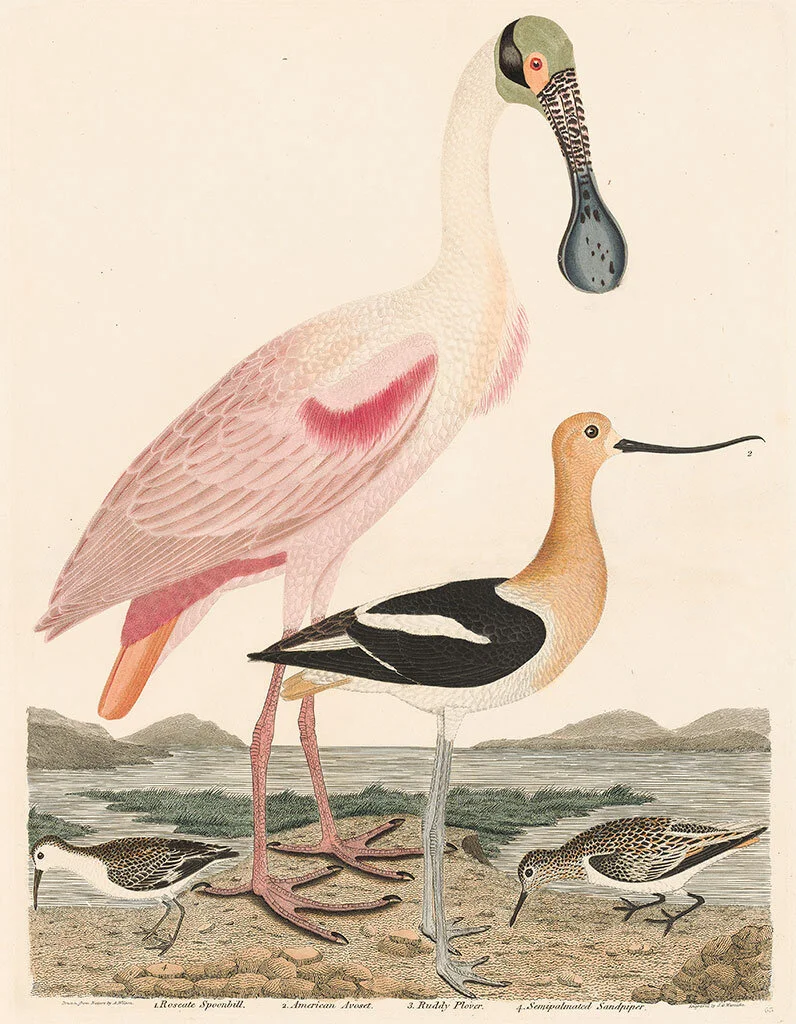Bird Conservation at the ACE Basin
OSGF
This post is done in participation with the Biodiversity Heritage Library's Earth Optimism campaign, aimed at sharing stories that "turn the conservation conversation from doom and gloom to optimism and opportunity." Learn more about the campaign here.
One of the Oak Spring Garden Foundation’s major ongoing projects is managing our land for native flora and fauna, with a particular focus on grassland birds. We work with other conservationists and organizations to advise our land management practices and exchange ideas, both in Northern Virginia and around the world. Among them is our friend Charles Lane: a conservationist whose decades of work at South Carolina’s ACE Basin watershed has created a place where numerous threatened bird species can thrive.
Charles, a self-described nature lover whose family has lived alongside the Edisto River in Charleston, SC for over 70 years, helped to start the ACE Basin Task Force three decades ago as development began to threaten the ecologically diverse area. A confluence of the Ashepoo, Combahee, and Edisto rivers, the basin is a spread of estuary, forest, and wetlands encompassing over 1 million acres. Over 300,000 of those acres - the majority privately owned - are now under some form of protection. The current goal of the Task Force is to bring that number up to over 400,000.
The successful conservation of the area is the result of the teamwork of private landowners, state agencies, and private land trusts, said Charles. The ACE Basin’s managed wetlands, many of them former rice fields, now provide vital habitat and nesting ground for formerly endangered species including the wood stork and the white pelican.
“If you talk about being optimistic, this is the epicenter of optimism,” said Charles. “Because it was all amateurs that said, “‘this is my backyard, and it isn’t going to go away.’”
Watch the video below to learn more about the work of the ACE Basin Task Force.
Interested in learning about birdlife and conservation at Oak Spring? Join us on Wednesday, September 30th for a virtual bird walk with the Audubon Society of Northern Virginia. Details about the event can be found on our Facebook page.
Banner image from American Ornithology (1808-1814) by Alexander Wilson.
